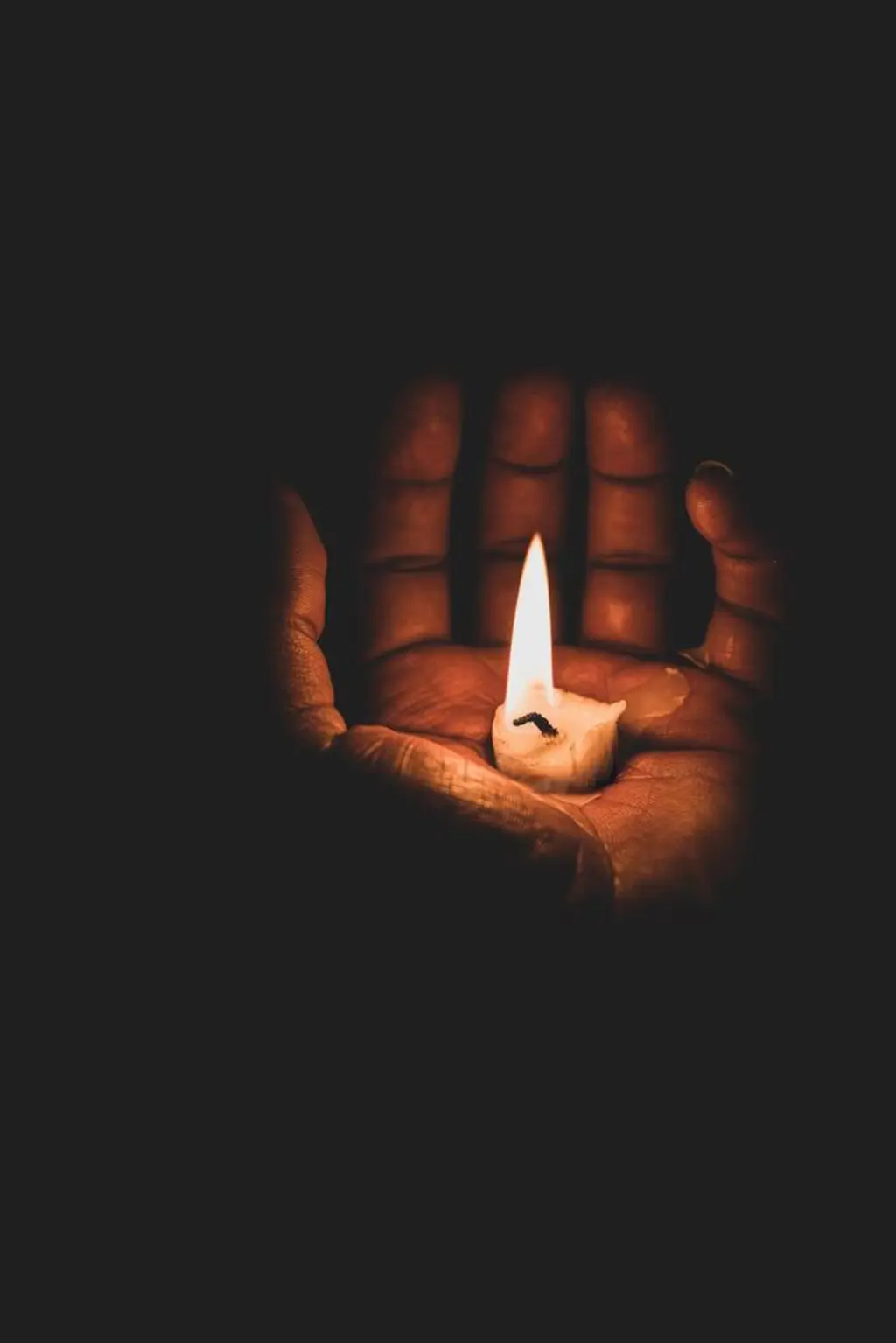Buddhism: What Happens After Death?

https://unsplash.com/photos/j3R9C-Xqe1w
Warning: This is a long but clear and interesting religious post on what happens after death according to Classical Theravāda Buddhism.
Key Points:
- The Fully Enlightened do not take a rebirth after death.
- Immediate rebirth takes place after the death moment for all other beings.
- Kamma is what determines your next birth.
- Lifetime and Momentary suffering.
- Be careful what you wish for.
- There is no such thing as a guaranteed intermediate stage (Bardo Plane).
- There is no such thing as Near Death Experiences.
It is very rare to read or hear Buddhist talks in English about what happens after death because topics on the “after life” encroach into the category of Religion. Most Western Buddhists, including monks, only wish to explore the “here and now”, general psychology and philosophy which is included in Buddhism. However, that limited subject matter makes one an Atheist who likes some Buddhist teachings rather than a Theravāda Buddhist who likes the sum of the Buddhist teachings. Today we will put the “ism” back into Buddhism. The material spoken about in this article is usually complex and terse. Usually you don’t get to this type of material until you have memorized many lists and pivot tables. I have taken these complex readings and put it into clear and digestible format. I hope you find this interesting and useful. Although this article is long, it is really a shortcut to learning the basics of what happens after death.
The Fully Enlightened After Death
While proper Theravādan Buddhists don’t worship a God or deities, we certainly take saṃsāra very seriously. What is saṃsāra? Saṃsāra is the endless cycles of birth and death without a discoverable beginning. It continues endlessly until one practices and realizes the Dhamma to the point where one is liberated from saṃsāra so that after one dies, there is no new birth to arise. Nibbāna is often called The Deathless, but that is misleading because nobody wants to die and it often implies what people really want in life—not to die and to live in an eternal realm that is happy. Those who are fully enlightened do indeed die but they do not take another birth. Because birth is the cause for death, it is called The Deathless. There is no new kamma to take a new birth. Instead it is better to call Nibbāna The Birthless. There is also “nothing” that exists after the fully enlightened die. There is nothing left to go into some other eternal realm. The Buddha does not live in Nibbāna nor do those who fully and successfully follow him.
Just before death there is Near-Death-Consciousness (maraṇāsanna javana) and Rebirth-linking-consciousness (paṭisandhi citta). It is these special things which are caused by kamma1 that can immensely affect your production of more kamma in the future.
Conclusion
You have learned that the Fully Enlightened do not take a rebirth after death and immediate rebirths take place just after the death moment for all other beings. You have learned that kamma along with a wish is what determines your next birth, and that can affect the future kamma that gets produced. For instance, many opportunities can arise to make more good merit if you are born intelligent into a wealthy family with good parents. However, you also learned how easy it is to fall down. You learned about the suffering periods of lifetimes and micro-moments. Lastly, you have learned that Theravāda says there are no such things as Tibetan Bardo Planes or Near Death Experiences.
I hope you are able to realize that you have read some of the deepest and most profound teachings of Buddhism. However, this content is rare to be found in English language because most Western Buddhists only believe some of the teachings rather than the sum of the Buddhist teachings. Because of this, you might not believe it is mainstream and deep, but it is deep and mainstream according to those who follow the entire Pāḷi teachings vastly accepted by the ancient Buddhist Theras (elder teachers). This is why they call it Theravāda. You are encouraged to ask any Asian scholar monk to read this article to verify this information is correct. They will agree that this is one of the deepest and most central core topics of proper Theravāda Buddhism.
Maraṇāsanna javana is actually a kamma-producing consciousness and not a vipāka-classed consciousness. However, it is still caused by kamma. ↩︎
Click below to search subjects